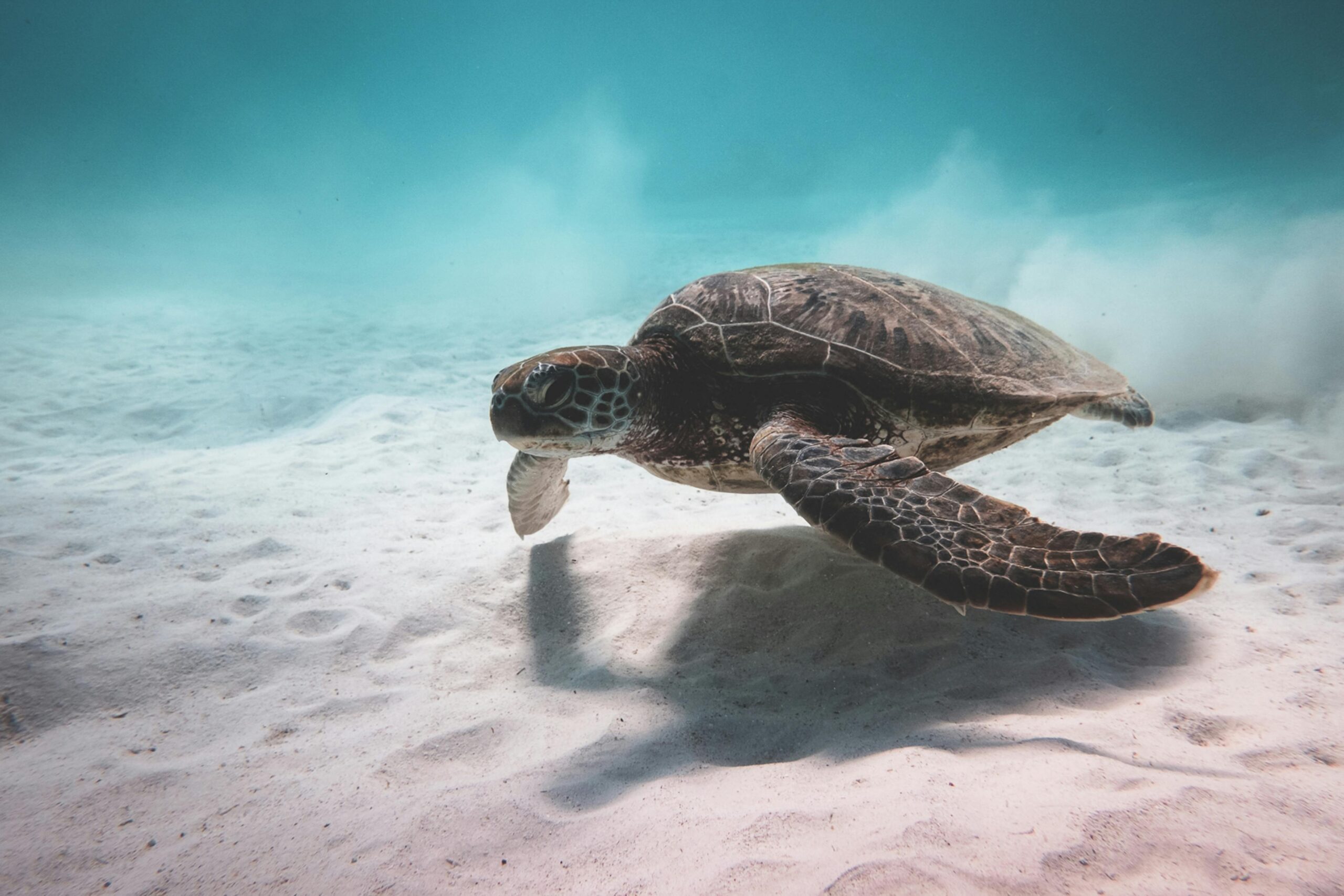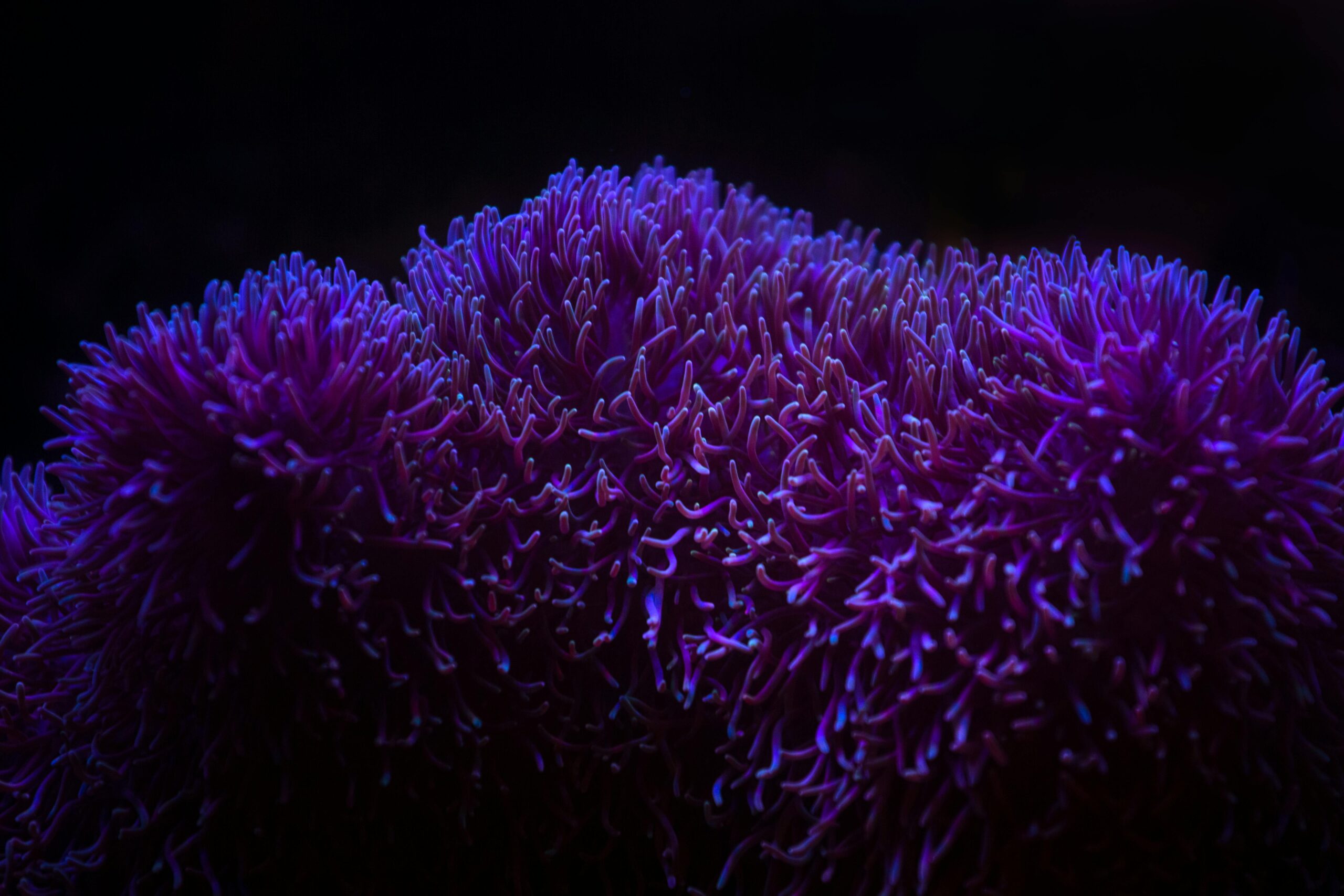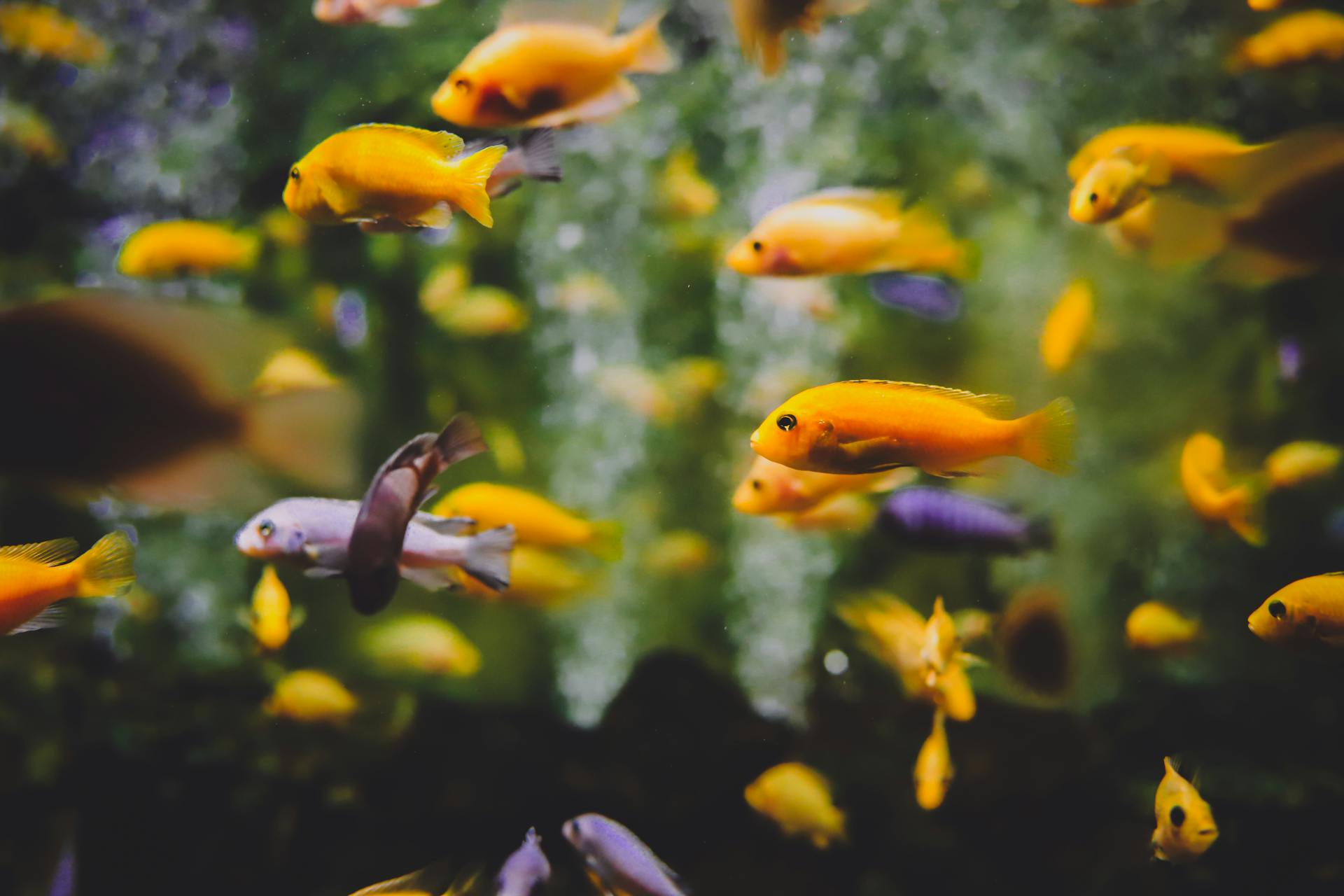Imagine a world where the majestic blue whale, the largest creature ever to roam the Earth, has vanished from our oceans. Picture the last vibrant coral reef, now just a ghostly remnant of its former splendour. These scenarios are not just figments of a dystopian imagination but real threats facing our marine world today.
Marine biodiversity is one of the Earth’s most precious treasures, a complex web of life that supports not only the health of our oceans but the well-being of our planet as a whole. From the towering blue whale to the tiny seahorse, each species plays a crucial role in maintaining the balance and vibrancy of marine ecosystems. However, this delicate balance is under siege. Overfishing, habitat destruction, climate change, and pollution are driving numerous marine species to the brink of extinction.
The purpose of this article is to shed light on the top ten most endangered marine species and explore the critical conservation efforts underway to save them. By understanding the challenges these species face and the strides being made to protect them, we can all play a part in ensuring that future generations inherit a rich and thriving marine world.
Vaquita (Phocoena sinus)
The vaquita, the smallest cetacean species, is a critically endangered dolphin found only in the northern part of the Gulf of California. With fewer than 10 individuals believed to remain, this elusive marine mammal is on the brink of extinction. The primary threat to the vaquita is bycatch in illegal gillnets used for fishing the totoaba, a fish valued for its swim bladder in traditional Chinese medicine. These gillnets, intended for totoaba, inadvertently ensnare vaquitas, leading to their slow and painful death.
Efforts to save the vaquita have intensified in recent years. The Mexican government has implemented a ban on gillnets within the vaquita’s habitat, but enforcement remains a challenge. Increased patrolling and surveillance aim to deter illegal fishing practices, and conservation organizations are working to support alternative livelihoods for local communities to reduce dependence on totoaba fishing. Despite these efforts, the situation remains dire, and continued international support and pressure are crucial to ensure the survival of this tiny, imperiled dolphin.
Hawksbill Turtle (Eretmochelys imbricata)
The hawksbill turtle, renowned for its beautifully patterned shell, is a tropical marine species that plays a vital role in coral reef ecosystems. Unfortunately, this turtle faces severe threats from the illegal trade of its shells, which are highly prized for their ornamental value. In addition to this, the loss of nesting sites due to coastal development and the impacts of climate change on nesting beaches further endanger its survival.
Conservation efforts for the hawksbill turtle are multifaceted. The Convention on International Trade in Endangered Species (CITES) has imposed strict bans on the trade of hawksbill shells, aiming to reduce illegal trafficking. Furthermore, various nest protection programs have been established to safeguard critical nesting sites and enhance hatching success. Community education and involvement initiatives also play a crucial role, fostering local stewardship and encouraging sustainable practices that benefit both the turtles and the communities that depend on coastal resources.
Blue Whale (Balaenoptera musculus)
The blue whale, the largest animal on Earth, graces the oceans with its immense size and gentle presence. However, this majestic creature faces a range of threats, including ship strikes, entanglement in fishing gear, and the effects of climate change on its primary food source, krill. These factors collectively contribute to the blue whale’s vulnerable status.
Conservation efforts for blue whales focus on reducing these threats through various strategies. Whale protection zones and speed restrictions for ships aim to minimize the risk of collisions. Additionally, efforts to monitor and reduce bycatch help protect blue whales from entanglement in fishing gear. Ongoing research and data collection are critical for understanding blue whale behavior and distribution, which informs effective conservation measures and helps protect these giants of the ocean.
Orange Roughy (Hoplostethus atlanticus)
The orange roughy, a deep-sea fish known for its slow reproduction rate and long lifespan, is heavily threatened by overfishing and habitat destruction. The fish’s slow growth and late maturity make it particularly vulnerable to unsustainable fishing practices, which have led to dramatic declines in its populations.
To combat these threats, conservation efforts include the implementation of fishing quotas and regulations designed to manage and limit harvests. The development of sustainable fishing practices, such as reducing bycatch and minimizing habitat disruption, is also crucial. Marine protected areas (MPAs) are established to safeguard critical habitats and allow for the recovery of orange roughy populations, providing a glimmer of hope for this deep-sea species.
North Atlantic Right Whale (Eubalaena glacialis)
The North Atlantic right whale, one of the rarest whale species in the world, is found off the eastern coast of North America. This species is critically endangered, with fewer than 350 individuals remaining. The primary threats to the North Atlantic right whale include ship strikes, entanglement in fishing gear, and habitat loss due to human activities.
Conservation efforts for the North Atlantic right whale involve several key strategies. Ship speed regulations in known whale habitats aim to reduce the risk of collisions. Modifications to fishing gear and practices help prevent entanglement. Additionally, increased surveillance and tracking of individual whales assist in monitoring their movements and identifying areas of high risk. These combined efforts are vital for the survival of this critically endangered whale.
Giant Clam (Tridacna gigas)
The giant clam, the largest living bivalve mollusk, is a stunning example of marine biodiversity. However, this species faces threats from overharvesting for the aquarium trade and consumption, which has led to significant population declines.
Conservation measures for the giant clam include the establishment of marine protected areas (MPAs) that provide refuge from harvesting pressures. Aquaculture and farming initiatives are also being developed to reduce reliance on wild populations. Public awareness campaigns play a critical role in educating consumers about sustainable practices and the importance of preserving these remarkable clams for future generations.
Leatherback Turtle (Dermochelys coriacea)
The leatherback turtle, known for its impressive size and unique, soft shell, is the largest sea turtle species and an important indicator of ocean health. This species faces a myriad of threats, including bycatch in fishing gear, habitat loss, pollution, and the impacts of climate change on nesting beaches.
Conservation efforts for the leatherback turtle are extensive and include monitoring and protecting nesting sites to ensure the survival of hatchlings. Efforts to reduce bycatch through modifications to fishing gear are also crucial. Conservation and advocacy groups work tirelessly to address pollution and climate change impacts, aiming to create a more hospitable environment for leatherbacks.
Dugong (Dugong dugon)
The dugong, a large marine mammal related to manatees, inhabits warm coastal waters and relies on seagrass beds for its diet. This species is threatened by habitat loss due to coastal development, bycatch in fishing gear, and hunting.
To protect the dugong, conservation efforts focus on the protection of seagrass beds, which are vital for the species’ survival. Anti-poaching measures are implemented to prevent illegal hunting, and education and community engagement programs promote the conservation of dugongs and their habitats. These efforts are essential for ensuring the continued existence of this gentle marine giant.
Antarctic Blue Whale (Balaenoptera musculus intermedia)
The Antarctic blue whale, a subspecies of the blue whale, resides in the icy waters of the Antarctic. This massive creature faces threats from climate change, which affects its primary food source—krill—as well as potential ship strikes in its migratory paths.
Conservation efforts for the Antarctic blue whale include international agreements aimed at protecting the Antarctic environment and regulating human activities. Monitoring krill populations helps ensure that this critical food source remains abundant. Research on whale distribution and behavior provides valuable data that informs conservation strategies and helps mitigate the risks faced by these whales.
Indo-Pacific Humpback Dolphin (Sousa chinensis)
The Indo-Pacific humpback dolphin, found in the coastal waters of the Indian and Pacific Oceans, is a species facing serious threats from habitat degradation, bycatch, and pollution. These pressures have led to significant declines in their populations.
Efforts to conserve the Indo-Pacific humpback dolphin include protecting coastal habitats from development and pollution. Pollution control measures are implemented to improve water quality and reduce harmful impacts. Local conservation projects and awareness campaigns engage communities in protecting these dolphins and their habitats, fostering a sense of stewardship and promoting sustainable practices.
Conclusion
Each of these endangered marine species plays a unique and irreplaceable role in the health of our oceans. While the threats they face are daunting, the ongoing conservation efforts offer hope. By supporting these initiatives and staying informed about marine conservation, we can all contribute to preserving the rich and diverse marine life that is essential to the balance of our planet’s ecosystems. Let us act now to ensure that future generations can experience the wonder of these incredible species in their natural habitats.


